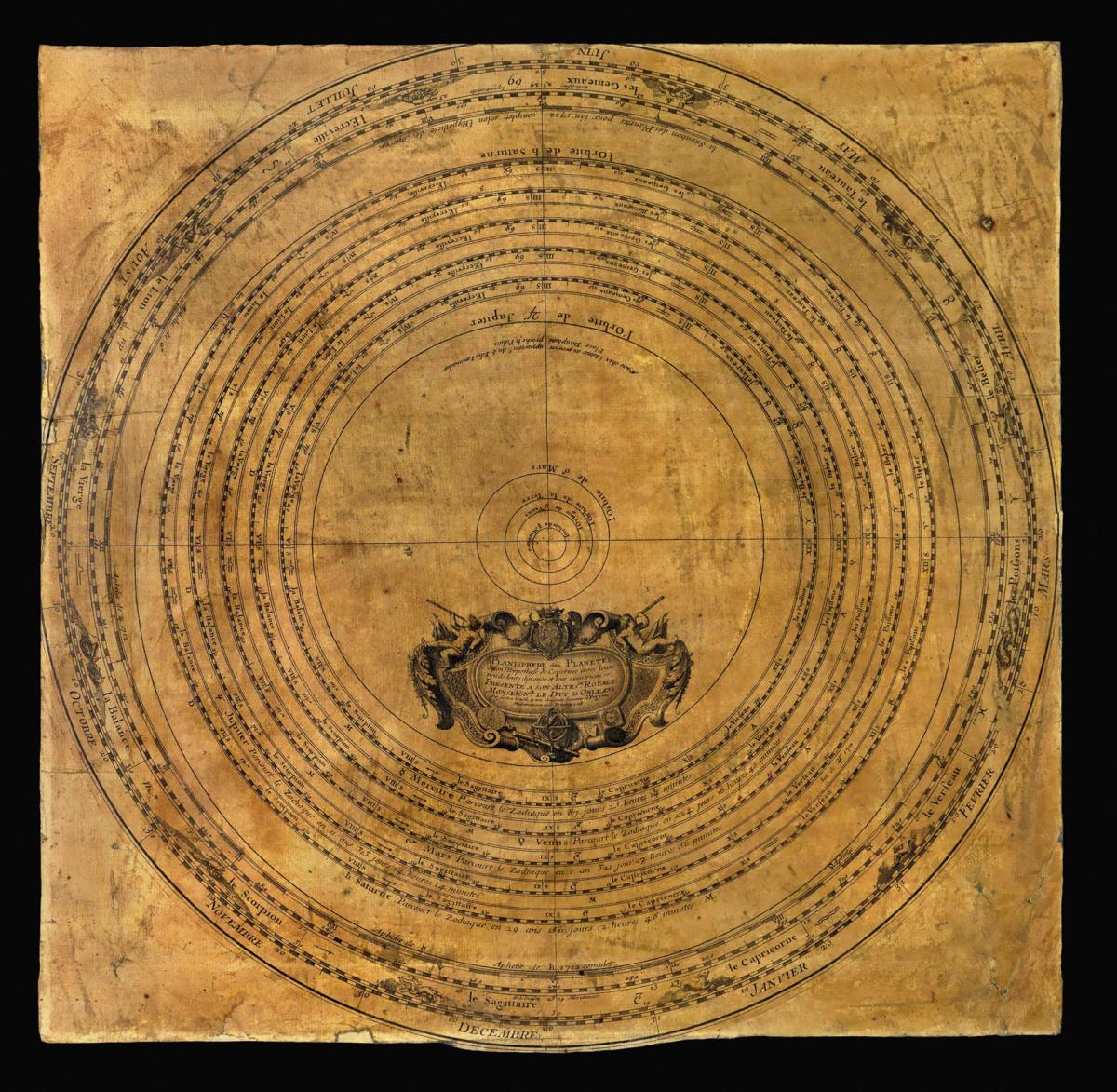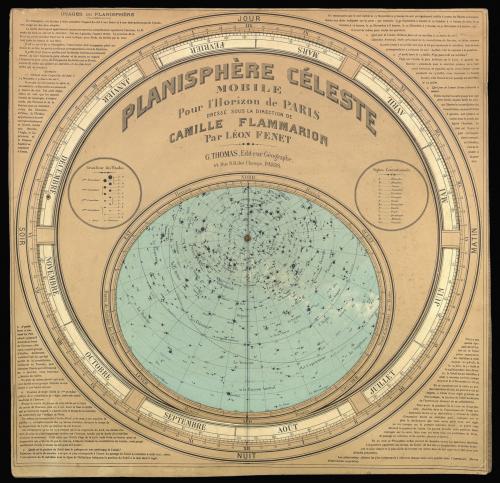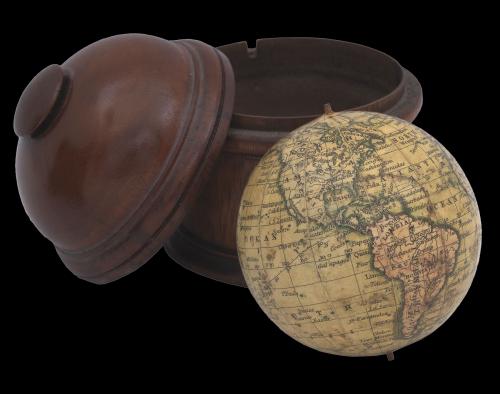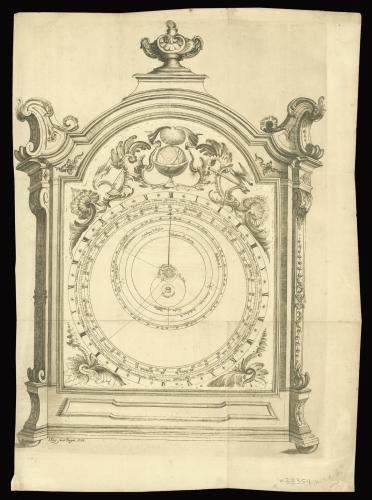

Price
£20000.00This object is eligible for a Certificate of BADA Provenance
The BADA Standard
- Since 1918, BADA has been the leading association for the antiques and fine art trade
- Members are elected for their knowledge, integrity and quality of stock
- Our clients are protected by BADA’s code of conduct
- Our dealers’ membership is reviewed and renewed annually
- Bada.org is a non-profit site: clients deal directly with members and they pay no hidden fees
Title Planisphere des Planetes Selon l'Hypothese de Copernie avec leurs neuds leurs distance et leur exentricité. Presenté a son altesse Royale Monseignr. le duc Orleans. Par son très humble et très obeissant Serviteur J. Pigeon Mathematicien avec Privilege 1713.
Author PIGEON D'OSANGI, Jean
Publisher chez lAuteur au premier appartement du S. Filio Limonadier Place Dauphine proche le Palais
Publication place Paris
Publication date 1713
Engraved planisphere, trimmed to within neatline, with minor loss to image, varnished.
Notes
Jean Pigeon d'Osangi (1654-1739) was one of the leading scientific instrument makers in Paris during the early eighteenth century. he is known to have made instruments for Louis XIV, and dedicated this planisphere to Philip II, the Duke of Orleans (1674-1723), two years before he became Prince Regent. Pigeon was not only a celebrated master instrument-maker but also a versatile artist, whose life was written up in detail by his daughter, Marie-Anne-Victoire Le Guay in her biography of him, 'Le méchaniste philosophe' (1750).
In the early eighteenth century Pigeon became famous as the inventor of the rotating armillary sphere operated by an integrated clockwork movement. his renown grew with the publication in 1714 of his treatise 'Description d'une sphère mouvante'. Pigeon had made his first rotating armillary sphere in 1706 for Louis XIV; he would dedicate his second armillary sphere to the Duke of Orleans in 1714.
The present instrument is dated 1713, and also dedicated to the Duke of Orleans. The title and dedication are surrounded by an elaborate cartouche featuring the coats-of-arms of the Duke of Orleans, several scientific instruments including an armillary sphere, a quadrant, a telescope, a pair of compasses, and two putti surveying the heavens through telescopes. As the title suggests, the instrument depicts a heliocentric universe in accordance with Copernicus.
At the centre is the sun with each planet's orbit delineated, from Mercury to Saturn, together with its title and planetary symbol. Between the orbits of Jupiter and Saturn are placed the signs of the zodiac, together with the orbital period for each planet through the zodiac and their aphelion (i.e. the point in their orbit where they are furthest from the sun). There are also letters placed upon each orbital path: 'S', 'M', 'D', and 'A'; 'A' & 'D' mark the point of the planet's ascension and declination, with 'S' and 'M' marking planetary nodes.
Rare. We are only able to trace one institutional example of the work, that in the Bibliotheque Nationale de France (FRBnF42097471).
Bibliography
FRBNF42097471
Dimensions
555 by 555mm (21.75 by 21.75 inches)Stock number
2855The BADA Standard
- Since 1918, BADA has been the leading association for the antiques and fine art trade
- Members are elected for their knowledge, integrity and quality of stock
- Our clients are protected by BADA’s code of conduct
- Our dealers’ membership is reviewed and renewed annually
- Bada.org is a non-profit site: clients deal directly with members and they pay no hidden fees




